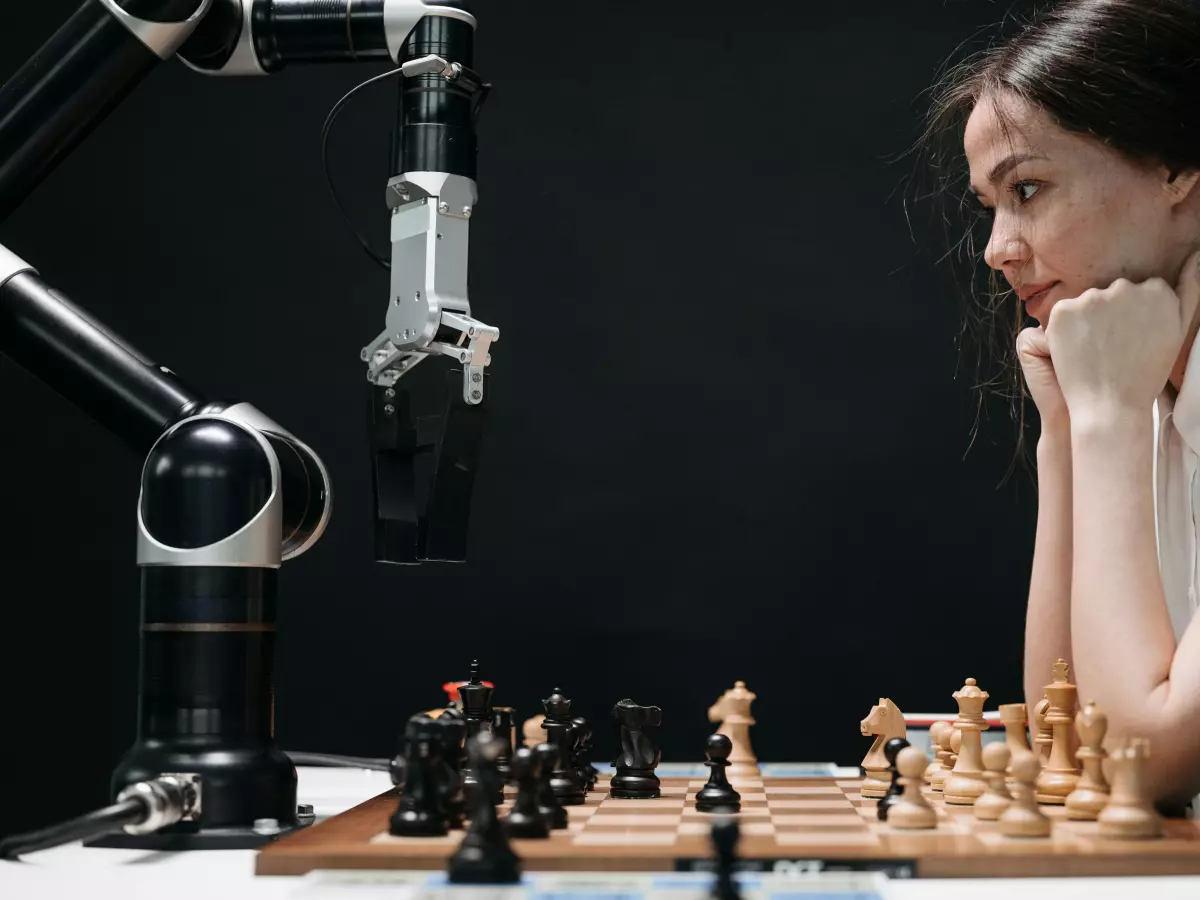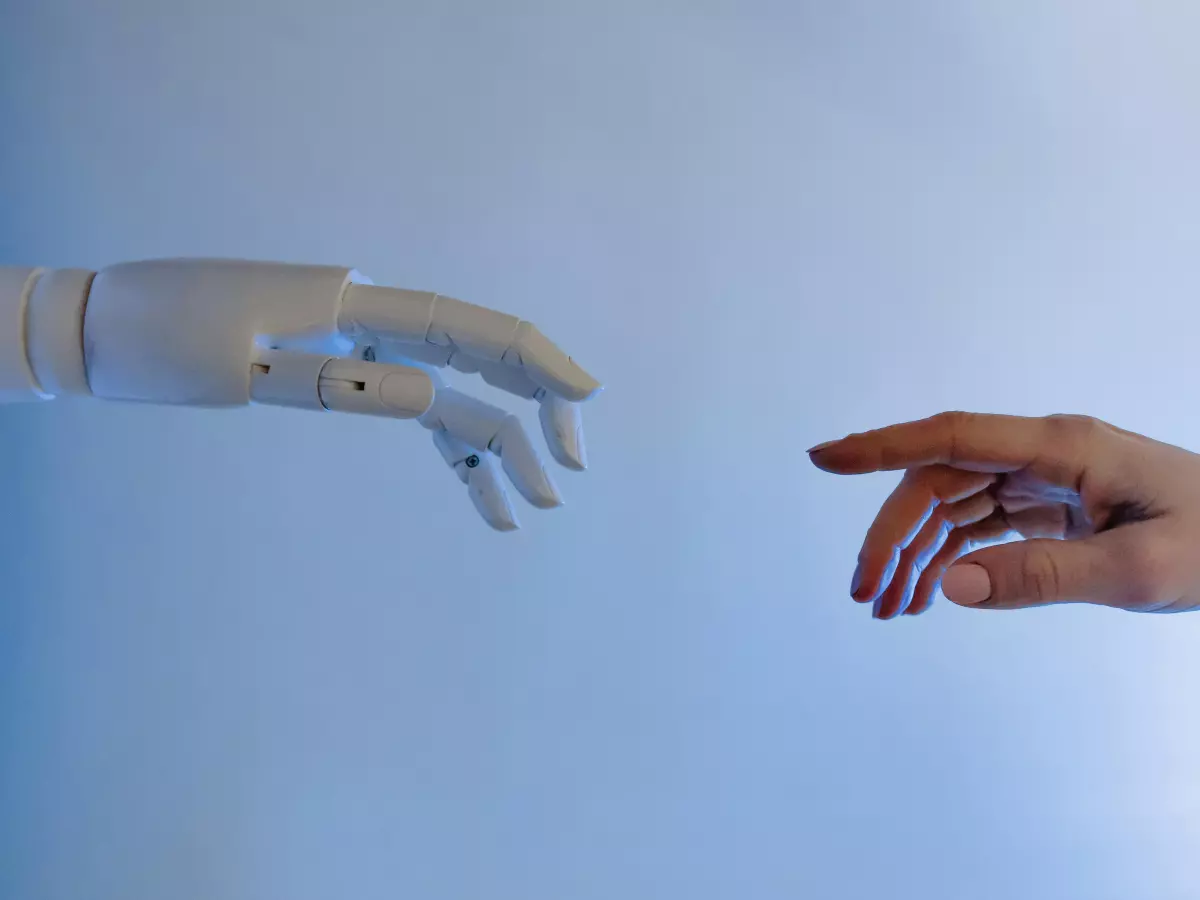Rethinking Robot Movement
Humanoid robots are trying too hard to walk like us, and it's not working.

By Carlos Martinez
Humanoid robots have been chasing the dream of walking like humans for decades. Engineers and scientists have poured countless hours into designing legs that mimic our gait, knees that bend just right, and feet that can balance on two legs. But here's the kicker: maybe they shouldn't be trying so hard. Maybe, just maybe, humanoid robots don't need to walk like us at all.
Think about it. Humans evolved to walk on two legs for a very specific set of reasons—survival, energy efficiency, and the ability to use our hands while moving. But robots? They don't need to worry about those things. They don't need to hunt for food or carry babies while walking. So why are we forcing them to adopt a movement style that is, frankly, inefficient for their needs?
Why Walking Like Us Is So Hard
First off, walking on two legs is incredibly complex. Our brains are constantly making micro-adjustments to keep us balanced, especially when we're on uneven terrain or moving quickly. For robots, this requires a ton of processing power, sensor integration, and real-time motion control algorithms. And even then, they often struggle to stay upright or move smoothly. It's like asking a fish to climb a tree—sure, it might figure it out eventually, but is it really the best use of its abilities?
Take Boston Dynamics' Atlas, for example. It's one of the most advanced humanoid robots out there, and yet, it still stumbles, falls, and requires a lot of energy to walk like a human. The amount of engineering that goes into making Atlas walk is mind-boggling, and yet, it still doesn't come close to the effortless grace of a human stroll.
Alternative Movement Strategies
So, if walking like humans isn't the answer, what is? Well, let's think outside the box. Robots don't have to be limited by the same constraints as humans. They can have wheels, tracks, or even hover. Look at how drones have revolutionized movement in the air—why can't we apply the same creativity to ground-based robots?
Some researchers are already exploring alternative movement strategies. For example, robots with wheels or treads can move much faster and more efficiently than bipedal robots. They don't have to worry about balance or uneven terrain, and they can cover more ground in less time. Sure, they might not look as "human," but who cares? At the end of the day, it's about functionality, not aesthetics.
Sensor Integration: A Different Approach
Another reason humanoid robots struggle with walking is the sheer amount of sensor data they need to process. To walk like a human, a robot needs to constantly monitor its surroundings, adjust its balance, and plan its next step—all in real-time. This requires a complex network of sensors, from gyroscopes to accelerometers to cameras. And even with all that data, robots still struggle to match the fluidity of human movement.
But what if we designed robots to move in a way that doesn't require such intense sensor integration? For example, a robot on wheels doesn't need to constantly adjust its balance—it just rolls. This drastically reduces the amount of sensor data it needs to process, freeing up processing power for other tasks. In other words, by rethinking how robots move, we can simplify their design and make them more efficient.
Motion Control Algorithms: Less Is More
Finally, let's talk about motion control algorithms. When you're trying to make a robot walk like a human, the algorithms get incredibly complex. You need to account for every joint, every muscle, and every tiny shift in weight. It's like trying to solve a Rubik's Cube while riding a unicycle—possible, but unnecessarily difficult.
But if we ditch the idea of human-like walking, the algorithms can be much simpler. Instead of trying to replicate the intricacies of human movement, we can focus on more straightforward, efficient motion patterns. This not only makes the robot easier to control, but it also reduces the chances of errors or malfunctions.
Time to Rethink Humanoid Robots
At the end of the day, humanoid robots don't need to walk like humans to be effective. In fact, trying to force them into that mold might be holding them back. By exploring alternative movement strategies, simplifying sensor integration, and streamlining motion control algorithms, we can create robots that are not only more efficient but also more capable of performing the tasks we need them to do.
So, maybe it's time to stop obsessing over making robots walk like us. After all, they don't need to be human—they just need to get the job done.
Why limit robots to our limitations when they can surpass us?





